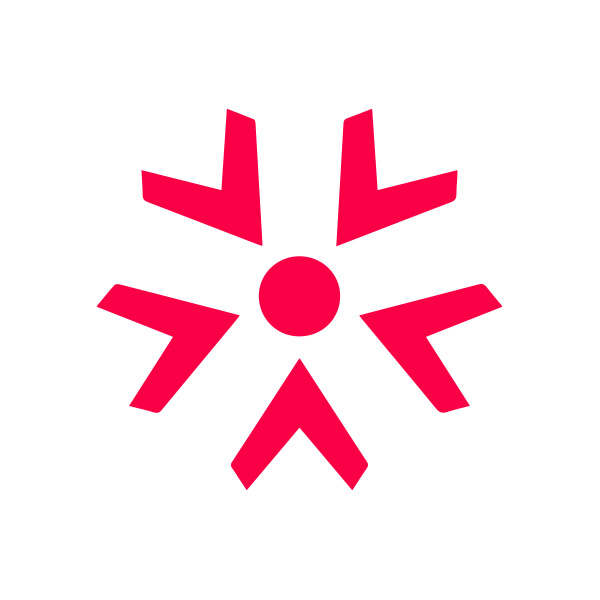
Bridging the Gender Diversity Gap
03 Apr, 20184 min
Unsurprisingly, one of the prevalent areas of work for Armstrong Craven at the moment is gender diversity.
Many of the multinational corporations (MNCs) are implementing significant, far-reaching and multi-faceted strategies.
Competition for the brightest talent, particularly in senior and scarce roles, is relentless. In order to stand out, MNCs are seeking to outdo each other in terms of the various initiatives they have in place.
Initiatives include diversity training, strong childcare provision, maternity return programmes, women’s networks, supplier diversity, mentoring and flexible / home working.
Aside from equal rights / equal opportunities, there are many other factors at play which are ensuring the importance of having women in leadership roles, besides increasing an organisation’s talent pool.
Recruiting women into a company may also improve financial performance. Research shows that Fortune 500 companies with the highest representation of women on boards financially outperform companies with the lowest representation of women on boards.
Gender-diverse teams have higher sales and profits compared to male-dominated teams, and a recent Gallup study found that gender-diverse business units have higher average revenue than less diverse business units.
Studies have also found that having more women in an organisation might actually make it a better place to work. Having a higher percentage of women in an organisation predicted more job satisfaction, more organisational dedication, more meaningful work and less burnout.
There is also a link with having more women in the workplace to employee engagement and retention.
What is interesting is that many women are now saying that it should be just an inclusive culture and not differentiated between men and women – a lot of this argument is centred on the pay gap issues that are constantly in the press at the moment. But on a recent panel (on International Women’s Day) with equal men and women, the men were very vocal in saying that they also wanted time granted to see their children’s school play, to watch them at sports day etc.
Armstrong Craven is conducting a number of projects where we are identifying and creating a pipeline of women – a large number of MNCs have to have women on their shortlist or be able to prove that it was something that was consciously sort when conducting a recruitment exercise.
Understanding the women available and their profiles ahead of need helps with this. At the same time we can conduct insight into what initiatives client competitors have in place in order to attract and retain women.
In one recent example, a multinational bank engaged us to build a pipeline of senior female talent across a range of corporate functions. During the process, we discovered a number of things including:
- How our client was perceived
- Who are the employers of choice in APAC
- What diversity initiatives other organisations are undertaking
- Who are the female thought leaders
- The specific job-seeking habits of the females pipelined
Over 230 profiles were sourced which, in turn, led to a 35-strong talent pool for immediate and future use. Just as importantly, the project gave our client a huge amount of intelligence into many of the wider issues surrounding gender diversity in the region.
Armstrong Craven is a global talent mapping and pipelining specialist with offices in the UK and Singapore.
Speak with an expert
If you want to learn a little more about what we do and how talent research can help you make better-informed business decisions, our team of talent research and consulting specialists are happy to help.





